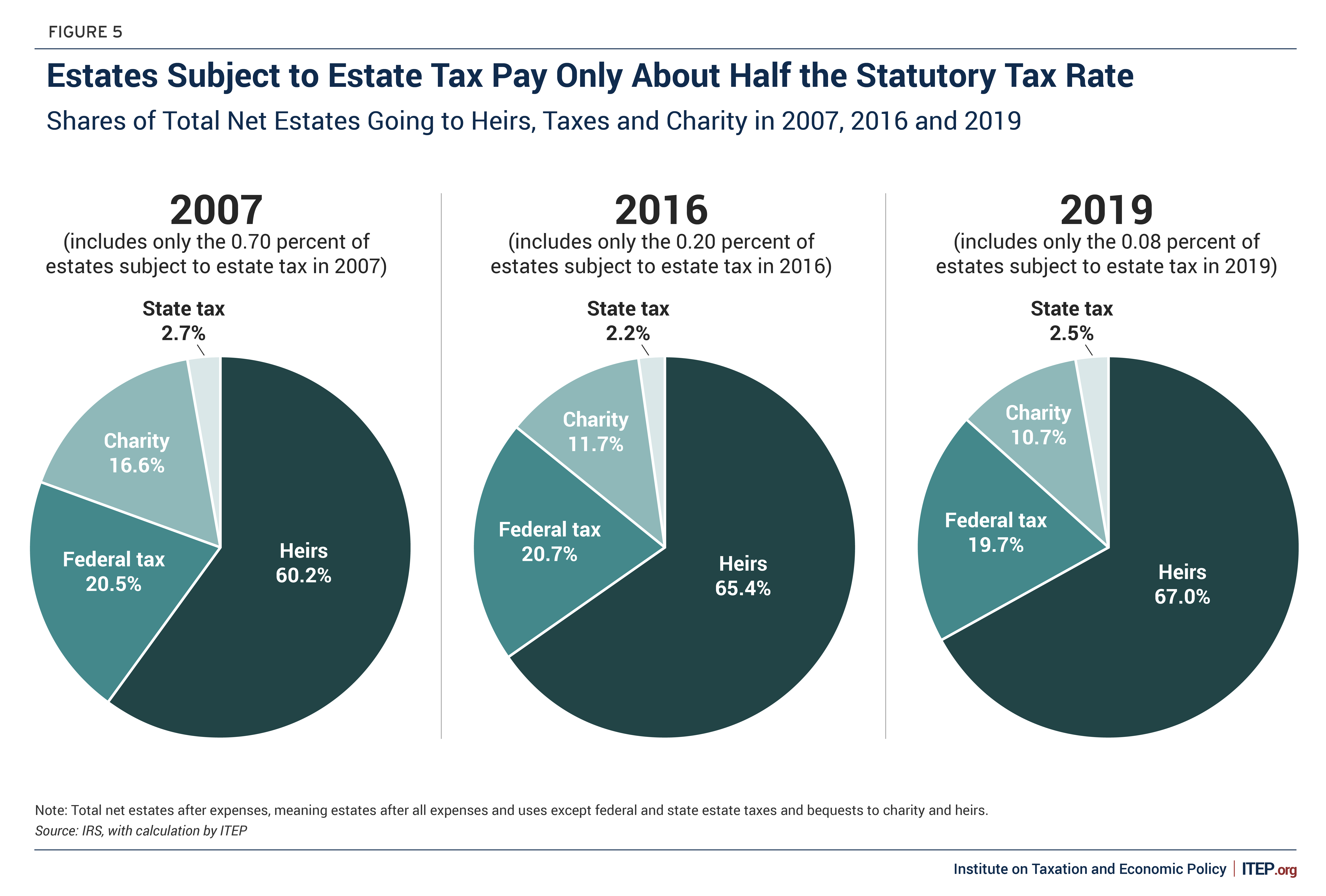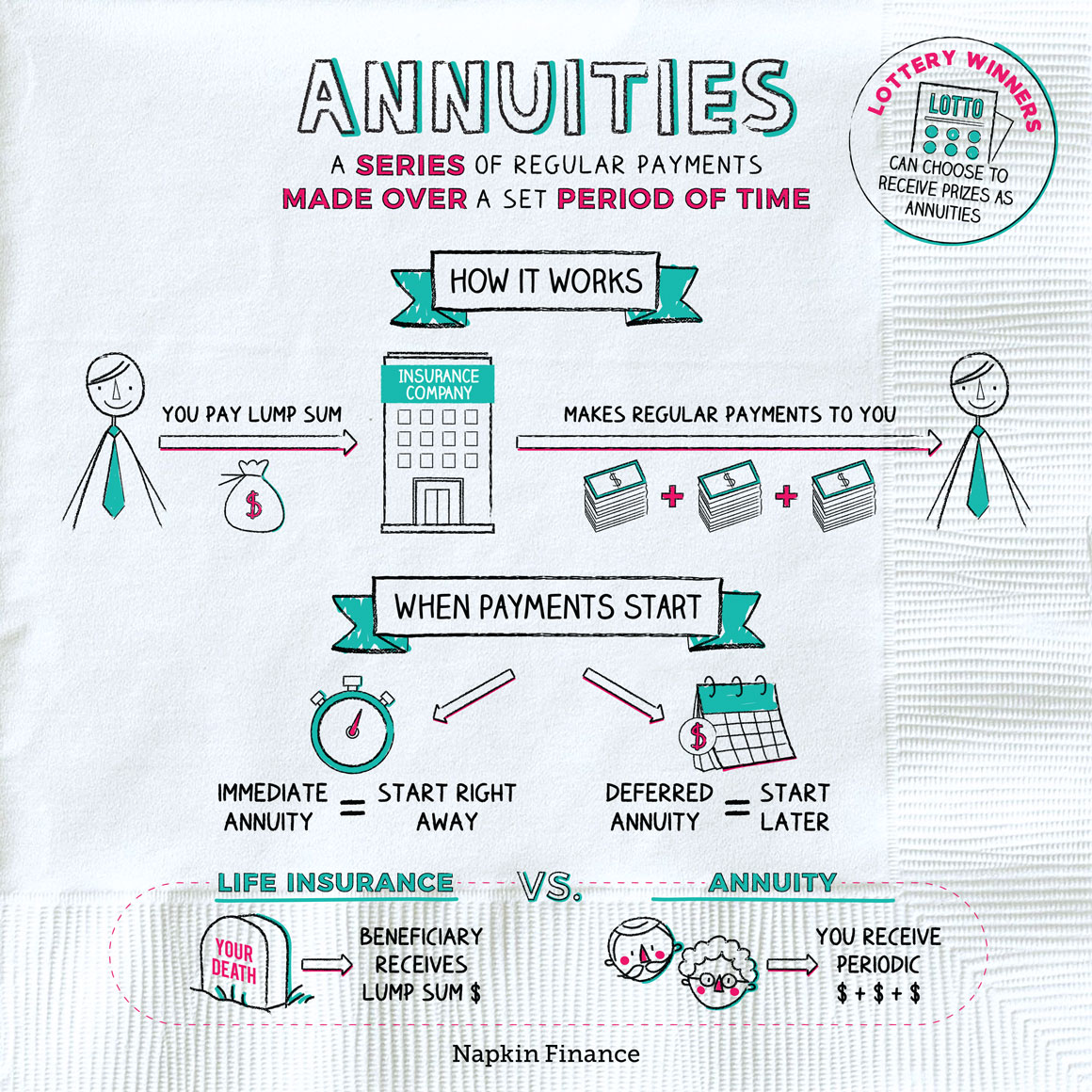All Categories
Featured
Table of Contents
This five-year basic guideline and 2 following exemptions use only when the proprietor's fatality causes the payment. Annuitant-driven payments are reviewed below. The first exemption to the basic five-year rule for specific beneficiaries is to accept the survivor benefit over a longer period, not to exceed the expected life time of the recipient.
If the beneficiary chooses to take the survivor benefit in this approach, the benefits are exhausted like any kind of various other annuity settlements: partly as tax-free return of principal and partially gross income. The exclusion ratio is discovered by utilizing the departed contractholder's cost basis and the anticipated payouts based on the beneficiary's life span (of shorter duration, if that is what the beneficiary selects).
In this approach, often called a "stretch annuity", the beneficiary takes a withdrawal yearly-- the called for amount of every year's withdrawal is based upon the very same tables used to calculate the needed circulations from an IRA. There are two benefits to this method. One, the account is not annuitized so the recipient preserves control over the cash value in the agreement.
The 2nd exception to the five-year regulation is available just to a surviving partner. If the marked beneficiary is the contractholder's partner, the partner may elect to "tip into the shoes" of the decedent. In effect, the spouse is treated as if she or he were the owner of the annuity from its inception.
Long-term Annuities beneficiary tax rules
Please note this uses just if the partner is called as a "marked recipient"; it is not offered, for example, if a count on is the beneficiary and the spouse is the trustee. The basic five-year guideline and both exceptions just relate to owner-driven annuities, not annuitant-driven agreements. Annuitant-driven contracts will pay fatality benefits when the annuitant passes away.

For objectives of this discussion, presume that the annuitant and the proprietor are different - Annuity income stream. If the agreement is annuitant-driven and the annuitant passes away, the fatality causes the survivor benefit and the beneficiary has 60 days to determine just how to take the survivor benefit subject to the regards to the annuity contract
Note that the alternative of a partner to "tip into the shoes" of the proprietor will certainly not be offered-- that exemption applies just when the owner has actually died but the proprietor didn't die in the circumstances, the annuitant did. Last but not least, if the recipient is under age 59, the "fatality" exception to stay clear of the 10% fine will certainly not use to an early circulation again, since that is readily available just on the death of the contractholder (not the fatality of the annuitant).
Many annuity firms have interior underwriting plans that refuse to provide contracts that name a various owner and annuitant. (There might be strange scenarios in which an annuitant-driven contract fulfills a customers unique needs, however typically the tax obligation disadvantages will certainly exceed the advantages - Fixed income annuities.) Jointly-owned annuities might pose comparable issues-- or at the very least they may not offer the estate preparation feature that various other jointly-held assets do
Therefore, the survivor benefit have to be paid within five years of the first owner's fatality, or based on the two exemptions (annuitization or spousal continuation). If an annuity is held jointly in between a couple it would certainly show up that if one were to die, the various other could just continue ownership under the spousal continuation exemption.
Think that the couple called their child as beneficiary of their jointly-owned annuity. Upon the death of either proprietor, the company should pay the fatality benefits to the boy, who is the recipient, not the surviving partner and this would probably beat the owner's intents. At a minimum, this example mentions the intricacy and unpredictability that jointly-held annuities position.
Are Annuity Income Stream taxable when inherited
D-Man composed: Mon May 20, 2024 3:50 pm Alan S. created: Mon May 20, 2024 2:31 pm D-Man created: Mon May 20, 2024 1:36 pm Thank you. Was really hoping there might be a device like setting up a recipient IRA, yet appears like they is not the case when the estate is arrangement as a recipient.

That does not identify the sort of account holding the acquired annuity. If the annuity was in an acquired individual retirement account annuity, you as administrator should have the ability to designate the acquired individual retirement account annuities out of the estate to acquired Individual retirement accounts for every estate beneficiary. This transfer is not a taxable event.
Any kind of circulations made from inherited IRAs after project are taxable to the beneficiary that received them at their regular earnings tax price for the year of distributions. If the acquired annuities were not in an IRA at her death, then there is no method to do a straight rollover into an inherited IRA for either the estate or the estate beneficiaries.
If that happens, you can still pass the distribution via the estate to the private estate beneficiaries. The revenue tax return for the estate (Kind 1041) can consist of Form K-1, passing the earnings from the estate to the estate beneficiaries to be taxed at their specific tax rates instead of the much greater estate revenue tax obligation rates.
Is an inherited Annuity Fees taxable

: We will develop a plan that includes the most effective products and features, such as boosted death advantages, premium benefits, and permanent life insurance.: Get a tailored approach designed to maximize your estate's worth and minimize tax liabilities.: Carry out the chosen strategy and receive recurring support.: We will certainly assist you with establishing up the annuities and life insurance policy plans, giving continuous guidance to guarantee the strategy remains effective.
Needs to the inheritance be pertained to as an income connected to a decedent, after that tax obligations may apply. Generally talking, no. With exemption to retired life accounts (such as a 401(k), 403(b), or IRA), life insurance policy earnings, and financial savings bond rate of interest, the beneficiary typically will not have to bear any earnings tax on their inherited riches.
The amount one can acquire from a trust fund without paying tax obligations depends on numerous aspects. The government inheritance tax exception (Fixed income annuities) in the United States is $13.61 million for individuals and $27.2 million for married pairs in 2024. Nonetheless, individual states might have their own estate tax policies. It is advisable to speak with a tax obligation specialist for precise information on this matter.

His goal is to simplify retirement planning and insurance, making certain that clients comprehend their choices and protect the ideal protection at unequalled rates. Shawn is the founder of The Annuity Expert, an independent on-line insurance policy company servicing consumers throughout the USA. Via this platform, he and his team goal to remove the uncertainty in retirement preparation by helping individuals find the finest insurance protection at one of the most affordable prices.
Latest Posts
Are Period Certain Annuities death benefits taxable
Do you pay taxes on inherited Long-term Annuities
Do beneficiaries pay taxes on inherited Fixed Income Annuities